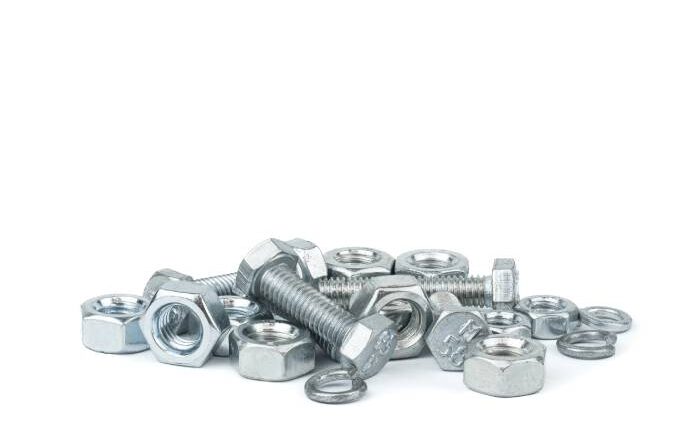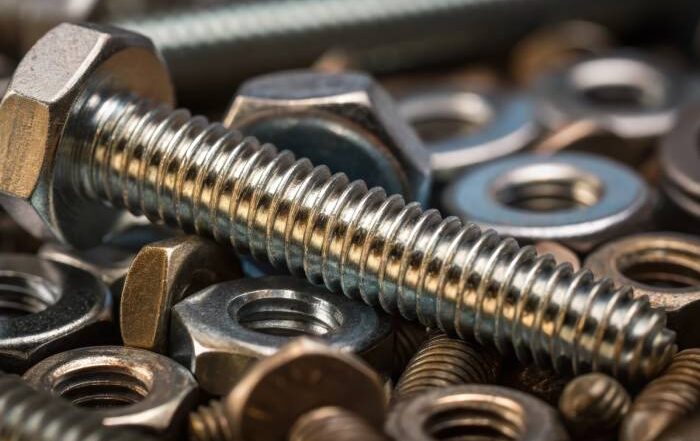
Overdriving fasteners can affect their shear capacity. There are several factors that are responsible for it. But there is a solution to avoid fastener overdriving from happening.
Technology has come a long way since screwdrivers were our only option. Today we have cordless drills and automatic machines that have made it easier to install fasteners with minimal disorientation. The task of driving the screws into their holes with precision still takes skill from the person who is operating the machine.
Measures to Take to Avoid Overdriving
Drilling pilot holes (holes that are drilled into the material creating a slot for driving fasteners) helps because they have a small diameter. This prevents fasteners from overdriving or even snapping and significantly lowers shear capacity reduction.
Additional fasteners can be used to counter the effect of overdriving fasteners, by balancing the recommended space requirement. But this is not an ideal solution.
By adjusting the proper driver’s slip clutch setting, you can control the torque that is transferred to the bolt’s head for driving it. The driver’s slip clutch setting must match the amount of torque needed to drive the fastener. Be aware that the slip clutch setting for soft woods is way different to that needed for hard wood or metal. The harder the material, the more torque is needed. The type of fastener also affects this setting.
When a hole gets misaligned from the center, the fastener will be overdriven in the wrong direction. You want a perfectly centered position; using a self centering bit will help you achieve this by mounting the parts with more precision, without no compromise of the shear-capacity.
Overdriving the fasteners is a common mistake that can mostly be avoided. Practice makes perfect!
Marsh Fasteners specializes in stainless steel products that are made to withstand extreme environments and resist rust and corrosion. For excellent products, pricing, and service – including tips on how to avoid fastener overdriving – contact us today



